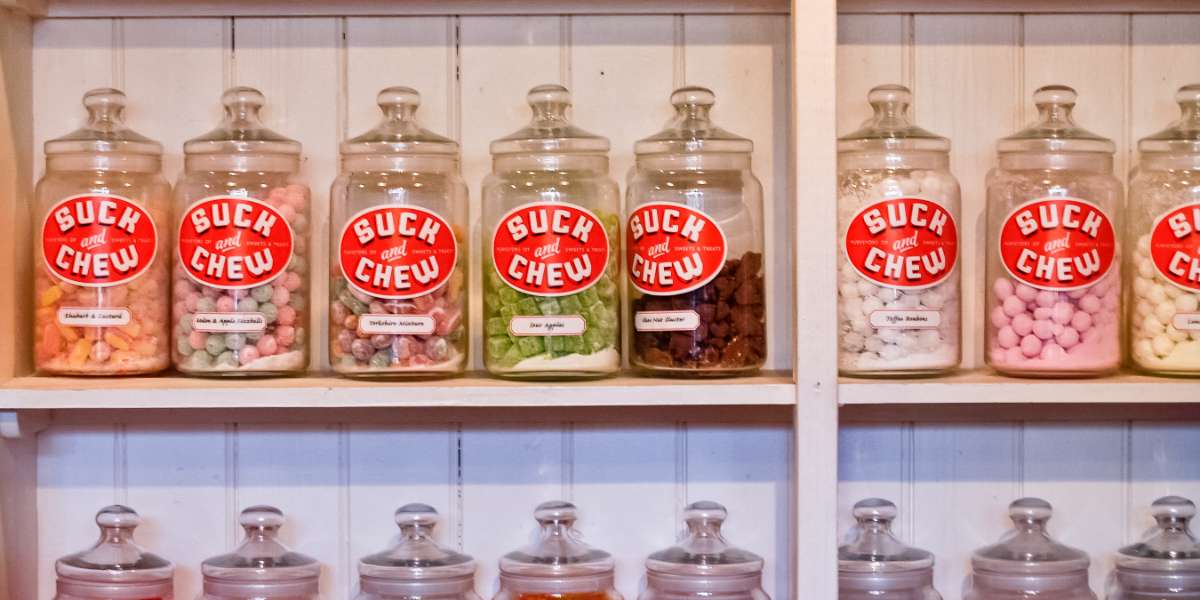- Nearly one in five packaged foods and drinks in a large United States survey contained synthetic food dyes
- Products aimed at children were far more likely to contain both added colours and very high amounts of sugar
A large study of nearly forty thousand packaged foods and drinks sold by the biggest manufacturers in the United States found that around nineteen percent contained synthetic food dyes.
These are artificial colours added to make products look brighter and more appealing on the shelf.
The research looked in detail at ingredient lists from twenty five major companies and focused on foods that are often marketed directly to children, such as sweets, sugary drinks, breakfast cereals and baked treats.
The difference between child focused products and the rest of the food supply was stark.
In the categories most heavily marketed to children, synthetic dyes appeared in more than a quarter of products. In other categories, they were present in only about one in ten.
When dyes were present, sugar content tended to be much higher.
On average, foods with synthetic colours contained well over twice as much sugar per one hundred grams as foods without them.
- Normalising blood sugar levels as beneficial as losing weight for reducing type 2 diabetes risk
- Teen with type 1 diabetes removed from Jet2 flight over low blood sugar
- Hair loss could be triggered by sugary drinks
Why experts are worried
These colours are not just cosmetic. A growing body of evidence suggests that synthetic food dyes may play a role in behaviour problems in some children, especially hyperactivity and difficulties with attention.
The study authors point out that the science has been accumulating for several decades, yet brightly coloured sweets, cereals and drinks are still extremely common on supermarket shelves.
Researchers also note that dyes and sugar tend to go hand in hand. Many of the most eye catching products are also very sweet.
Frequent intake of high sugar foods is linked with weight gain, dental decay and poorer long term health, which is particularly concerning in children who already live with conditions such as obesity or type 2 diabetes, or who are at higher risk because of family history.
Major global brands were among the highest users of synthetic colours.
Confectionery companies had the largest proportion of dyed products, and energy and sports drinks were also notable offenders. The authors argue that these additives are not necessary for safety or nutrition, and that reformulation is entirely possible.
How regulation differs and why it matters in the United Kingdom
In the United States, the Food and Drug Administration has so far relied mainly on voluntary action from industry to reduce synthetic dyes.
In contrast, the European Union introduced warning labels in 2010 for several commonly used colours, stating that they may have an effect on activity and attention in children.
The United Kingdom adopted the same warning approach and has kept similar rules in place since leaving the European Union, which has encouraged many manufacturers to reformulate or reduce use of these dyes in Europe.
However, families in the United Kingdom are not completely protected.
- Blood sugar levels spike more from pasta and pizza in America than in Italy
- Banned snacks from America sweeping UK shops
Some imported products may still contain the dyes, and not all artificial colours fall under the warning rules. Many of the large companies in the study sell similar or related products here, even if recipes vary.
It is also important to remember that high sugar content is a problem in its own right, regardless of whether dyes are present.
For parents, the most practical step is to look at labels and be cautious around highly coloured, very sweet products.
If the ingredient list includes named colours or numbers and the nutrition panel shows a lot of added sugar, it is sensible to limit how often those foods appear in your trolley, especially for children who already live with weight or blood sugar issues.
Choosing plainer cereals, yoghurts, snacks and drinks with fewer additives and less sugar is a safer everyday option.




